
With the popularity of smartphones, not many consumers are going for mirrorless cameras nowadays. But make no mistake, a DSLR's photo quality is still superior to any smartphone in the market because of the full-frame sensors (instead of being pixel-boosted). Since there are many professional and hobbyist photographers around, let's take a look at the Canon EOS R6.
Compared with its brother - the Canon EOS R, the R6 is the more "affordable" camera (at RM11999 for just the body lol), which has an in-body stabilisation (IBIS) and 4K 10-bit video recording at 60FPS. That sounds pretty impressive on paper but is it the best full-frame camera for those who don't want to spend too much? Read our Canon EOS R6 review below to find out.
Starting with the design, the R6 has a relatively compact body compared to other mirrorless cameras. It weighs 680g with the battery included, so it won't overload your camera bag. Even when it is attached with the RF lens (24-105mm f/4L IS USM), this camera still doesn't feel too heavy.

The shutter button is on the relatively large and comfortable grip
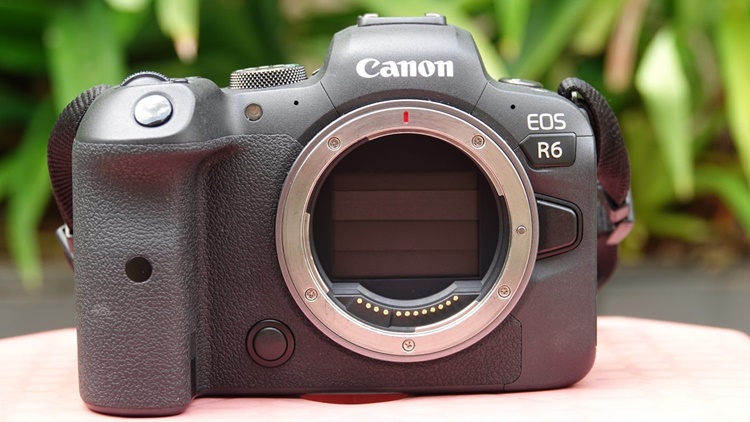
The Canon EOS R6 body without the lens

Lots of buttons as expected
The R6 has a comfortable grip on the right side, making it great for people with large hands. Also, its magnesium body is built solid, as expected from a Canon camera. The camera even has some resistance to water and dust, though it's not completely waterproof.
At the back of the camera is a 3-inch LCD touchscreen that can be flipped to the front. This automatically makes the R6 suitable for vlogging indoors or outdoors. Prefer to use an electronic viewfinder (EVF)? Then you'll enjoy this camera's 3.69 million dots screen, which can provide clear picture detail and high refresh rates. You can also find some buttons on the side, plus a small joystick and a control wheel to change the camera settings.

Another set of standard buttons for manual and EVF settings at the back

The LCD screen can be rotated to the front

It can also be rotated 90-degrees downwards and upwards

Ports include a 3.5mm audio jack, USB C, micro HDMI, and a 2.5mm jack for remote control

You can store two cards in here
Upon switching on the camera, you will find that the EOS R6's menu system is quite complicated. It takes some time to learn, so make sure you read the ins and outs of the R6 menu before using it unless you don't mind exploring yourself. Fortunately, you can just use the touchscreen to navigate around, and there are no limitations to its basic functions.
On the technical side, the R6 uses a Dual-Pixel CMOS sensor and an autofocus phase-detect (PDAF) technology. The two work together to deliver clear photos at high capture rates, making it useful for fast-moving subjects like animals, vehicles, sports activities and so on. Besides that, the R6 can quickly track the eyes or face of subjects.
The 5-axis IBIS we mentioned earlier helps the R6 in tracking subjects and animals without a tripod. Even with a relatively slow shutter speed for taking photos at dim hours, we could still take pictures clearly. The ISO value can be increased to 25600 for such situations, though noise would start to appear. JPG files produced also look neat and beautiful. You can refer to them below.

F/5.6, 1/500, ISO 100
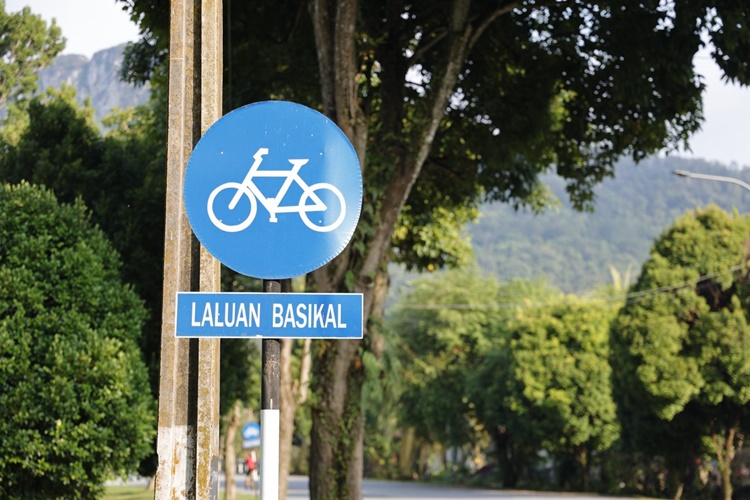
F/4, 1/25-, ISO 100
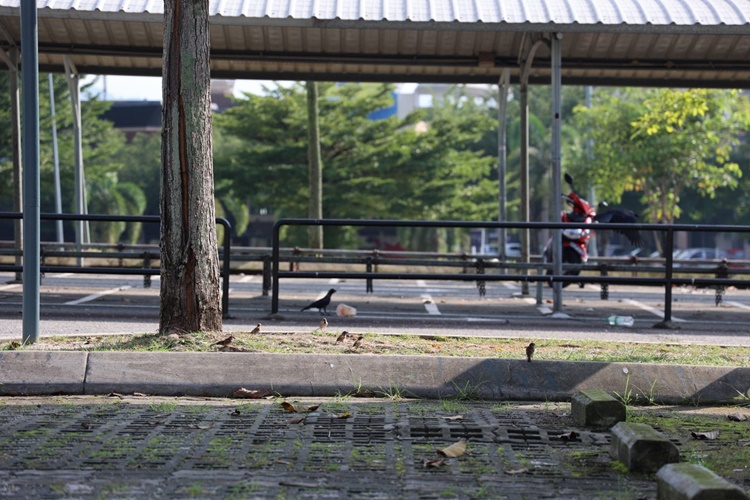
F/5, 1/320, ISO 100

F/4, 1/500, ISO 125

F/4.1, 1/125, ISO 4000

F/5.6, 1/125, ISO 100

F/4, 1/100, ISO 25600

F/4.5, 1/250, ISO 10,000

F/4.5, 1/250, ISO 20,000

F/4.5, 1/160, ISO 5000
The burst rate of R6 is also quite fast, with 12FPS using a mechanical shutter and 20FPS using an electronic shutter. It may seem "slow" compared to other cameras that can reach 25FPS. But if you are not capturing really fast-moving subjects often, 20FPS is already more than enough for most situations. As for video recording, the R6 does well overall thanks to features such as 4K 60p 10-bit resolution, HDR recordings, C-Log colour profiles (for colour grading), and Dual Pixel autofocus.
However, the R6's 4K recording has a time limit as it will overheat and stop after approximately 25 minutes. Moreover, it takes quite some time for the heat to dissipate. So if you want to use the camera without waiting for the cool down, it's best to keep your videos below the 25-minute mark.

Overheat signal icon on the top right
Video recording sample
This makes the R6 difficult to use for situations like interviews, weddings, music recordings, and other long events. Our TechNave studio recordings also tend to be over an hour, so we feel that is a massive disadvantage. You can record in 1080p to avoid this problem, but it does lack the level of detail you get at 4K resolution.
So is the Canon EOS R6 worth RM11999 (body only)? If you want a full-frame camera just to take pictures, this is a relatively affordable and very robust camera. But if you need something to record long hours of videos, we can't recommend this due to the heat issue. Of course, it's still a suitable camera for video recording if you don't mind 1080p videos. For alternatives, you can consider the Canon EOS R, Sony Alpha 7C or Sony α7 III.
Tech specs and features
- CMOS 20.1 MP (full-frame sensor)
- DIGIC X image processor
- Canon RF lens installation
- 138.4 × 97.5 × 88.4mm, weighs 680g
- ISO 100-102,400
- Mechanical and electronic shutter speed 1/8000 to 30 seconds
- Video recording up to 4K 60p
- Stabilization of five axes in the body (IBIS)
- 3.2-inch touch LCD screen
- EVF resolution 3.7 million points
- Two memory card space, 3.5mm audio jack for earphones and microphones, USB-C ports, HDMI micro ports, 2.5mm ports for remote control
Pros: Cheaper than most full-frame cameras, excellent photography capabilities
Cons: Overheating issue when recording 4K video
Conclusion: Suitable for photography enthusiasts who want a full-frame camera for their hobby or part-time job







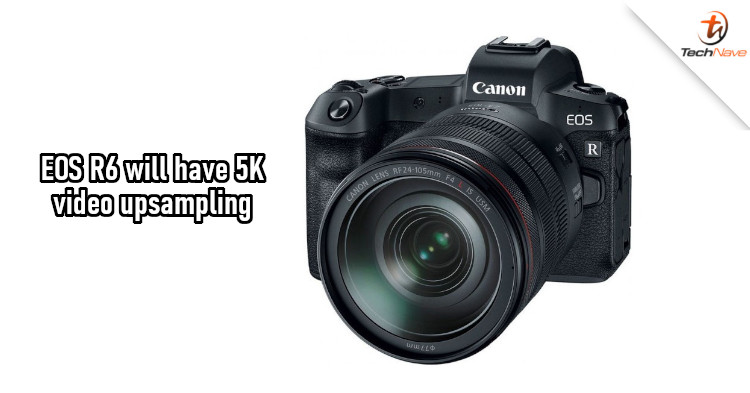


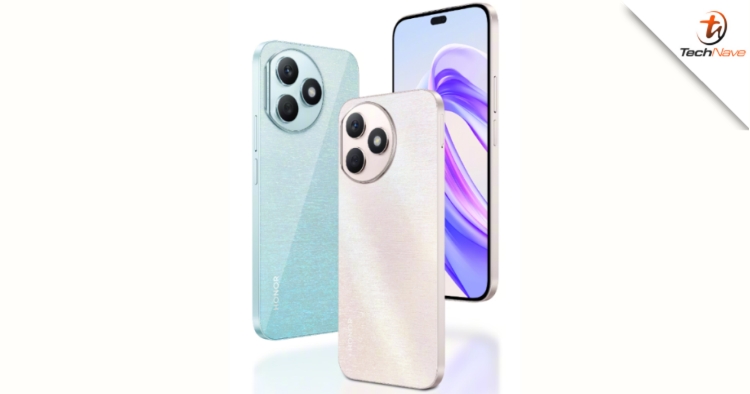



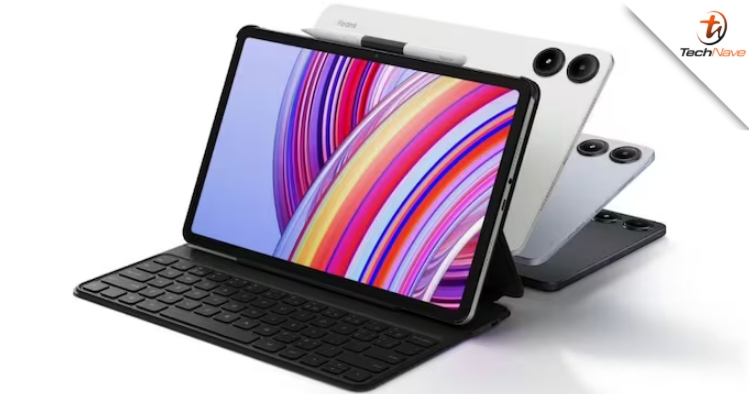
COMMENTS